Curious about a telescope’s “zoom” or more accurately “power” and how far its gaze can extend? Wondering which planets might grace your view? It all boils down to magnification, a key factor often misunderstood.
In this article, we’ll demystify telescope magnification, offering insights that enhance your understanding of your telescope. From the basics to choosing the right eyepieces, let’s unravel the secrets and break it all down for a more informed stargazing experience.
What is telescope magnification?
Telescope magnification is the factor by which a telescope enlarges an observed object. Sometimes called “power,” it is determined by dividing the telescope’s focal length by the focal length of the eyepiece being used.
Higher magnification does not always result in better image quality, as it may be limited by factors like atmospheric conditions and the telescope’s resolution. However, getting your magnification right will help you see breathtaking details in planets like Saturn and Jupiter.
Let’s dive into telescope magnification to break it all down.
Want to get started in astronomy?
Our free telescope cheat sheet breaks down the key factors to choosing a telescope and shows you how to get stunning views of planets, nebula, and galaxies!
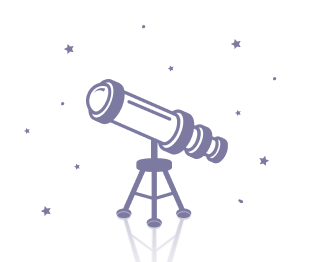
Focal length
Focal length is important to know, as it’s relevant for both your telescope and for your eyepieces.
Put simply, it’s the distance that light must travel from where it first enters the telescope to the point where the light rays come into focus.
On a reflector telescope, this is the distance from the primary mirror, to the secondary mirror, to the focal plane.
So focal length is not necessarily the length of your telescope tube although it is usually pretty close to that (unless you’re using a catadioptric telescope where light bounces back-and-forth).
Focal length is typically specified in millimeters (mm) and can be found on the tube, usually near where you’d insert the eyepiece.
For example, my Dobsonian shows F=1200 which means it has a focal length of 1200 mm.
Eyepieces also have a focal length, and since they’re obviously much smaller than your telescope, they have much shorter focal lengths.
Like the telescope itself, the focal length of an eyepiece is measured in millimeters, and it is usually found either on the barrel or on the top.
Knowing the focal length of your telescope and eyepieces is important for quite a few reasons but one major reason is that it determines the magnification (sometimes called power) of your eyepiece.
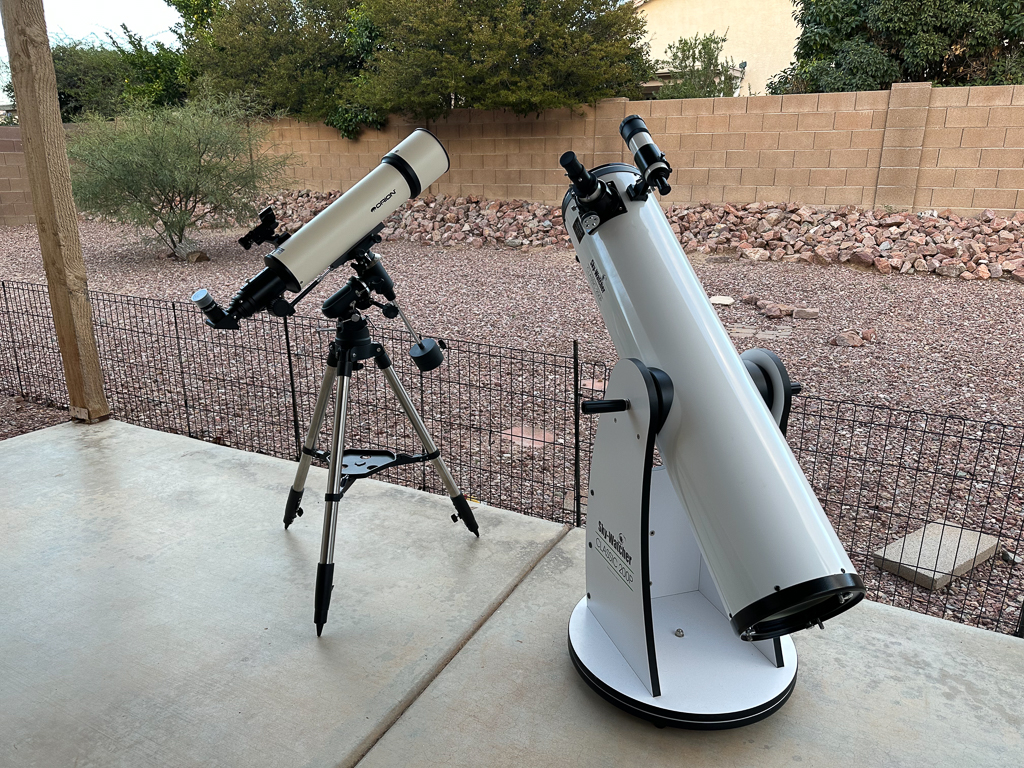
Magnification
Lots of newcomers want to know about the “zoom” capabilities of a telescope, but zoom is not really a relevant term.
When it comes to telescopes, it’s more about magnification, or power. These refer to the amount that a telescope enlarges its object.
(Incidentally, no reputable manufacturer will ever advertise their telescope by boasting of its “zoom” capabilities.)
The same eyepiece will produce a different magnification with different telescopes, as it really depends upon the focal length of both.
Fortunately, the magnification can be easily calculated using a simple formula:
telescope focal length / eyepiece focal length = magnification
That’s it!
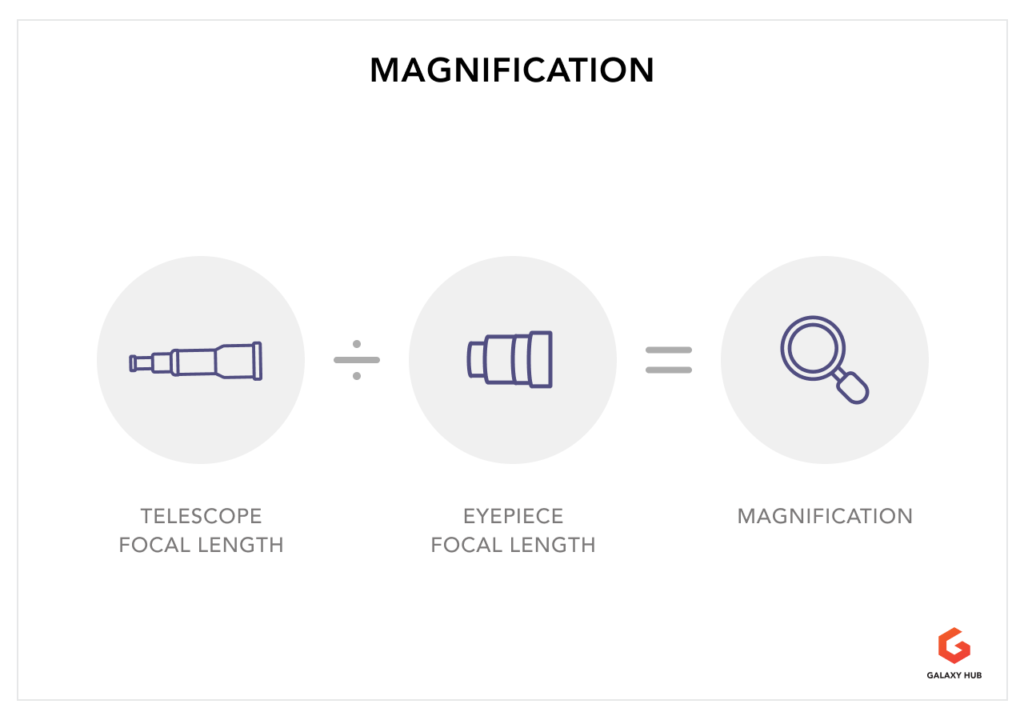
For example, my Dobsonian has a focal length of 1200 mm, so when I use an eyepiece with 10 mm, I get a magnification of 120X. (And if I put a 2X Barlow lens on top of that I would have 240X!)
The longer the focal length on an eyepiece, the lower the power. The shorter the focal length of an eyepiece, the higher the power.
In other words, a short focal length like 3 mm is going to magnify an object much more than a longer focal length like 24 mm.
The catch is that the higher the power, the smaller the field of view, creating a trade-off between magnification and the extent of the celestial landscape you can observe at once.
So, while higher magnification may bring you closer to specific details on a planet or a celestial object, it comes at the cost of a narrower observational window.
In terms of the best magnification for objects, that’s always going to depend on quite a few factors.
Lots of times you start with low power to locate the object and then incrementally increase the power to see how much resolution you can get. Some nights you may want to view Jupiter at 50X and other nights 200X.
So it’s best to go in with the mindset of trying out different ranges of magnification rather than always trying to settle on one perfect magnification amount, especially if you are just starting out.
Once you get in a lot of reps you may become comfortable with certain levels of magnification for certain objects but even then you’ll get cravings to mix it up.
So is there a limit to your magnification?
The short answer is yes, there will always be a cap on the magnification you can realistically use on your telescope.
As a good rule of thumb, the “maximum useful magnification” on a telescope is 50 times its aperture in inches or twice its aperture in mm.
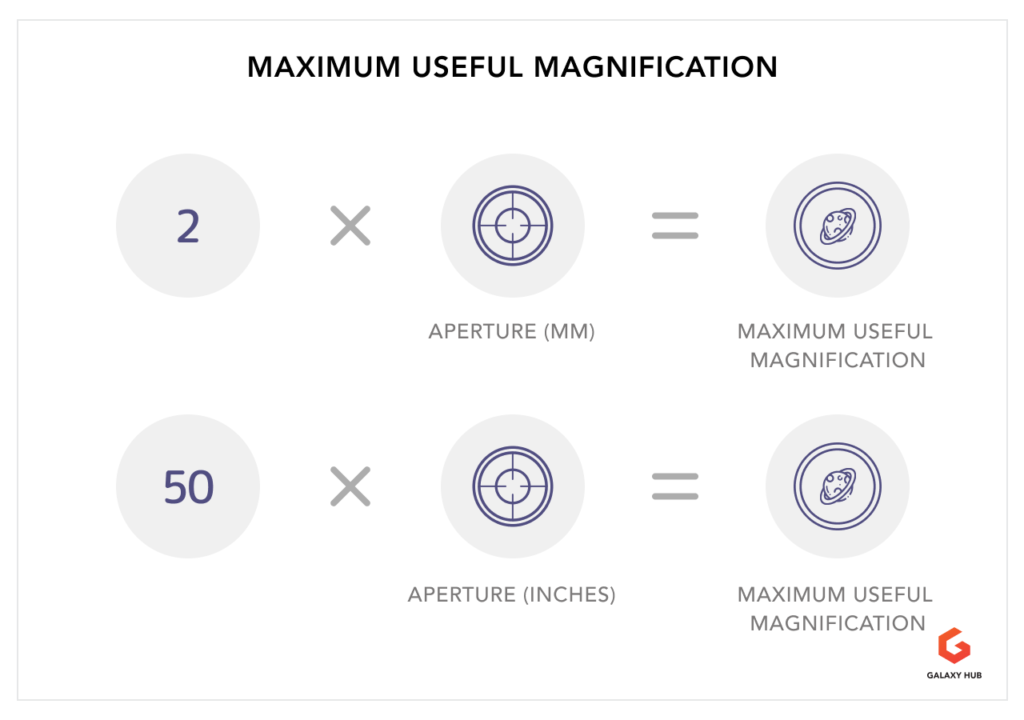
My Dobsonian has 200 mm in aperture so theoretically its maximum magnification is 400X.
However, it’s very rare that you’ll be able to use your maximum magnification.
That’s because conditions have to be absolutely perfect.
If the air isn’t still and the seeing is bad it can cause a lot of distortion, making it difficult to observe fainter objects.
It’s like seeing a coin at the bottom of a swimming pool; you might be able to see the coin, but if the water is moving a lot, it could distort the view so badly that you might not even recognize it for what it is!
In this scenario, using a higher magnification only magnifies the distortion, making it difficult to focus and see your target clearly.
For example, I regularly try a magnification of 360x, but I’m rarely pleased with the sharpness of the image.
And that displeasure has a lot to do with something called resolution which is the measure of how much detail your telescope can make out.
Bright planets and stars will do better at higher magnifications but I rarely ever enjoy viewing a deep sky object at a high magnification because it’s just too dim and the detail is lacking so much.
Want to get started in astronomy?
Our free telescope cheat sheet breaks down the key factors to choosing a telescope and shows you how to get stunning views of planets, nebula, and galaxies!

Final word
The quest for understanding a telescope’s “zoom” or power, and the limits of its vision, hinges on grasping the concept of magnification. Delving into these intricacies not only enhances your comprehension of your telescope but also guides your choices in accessories like eyepieces.
As we wrap up, remember that unraveling the mysteries of magnification opens the door to a richer and more fulfilling stargazing experience. So, armed with this knowledge, gear up for celestial exploration and enjoy the wonders that await in the vast expanse of the night sky.







